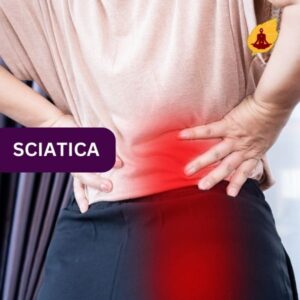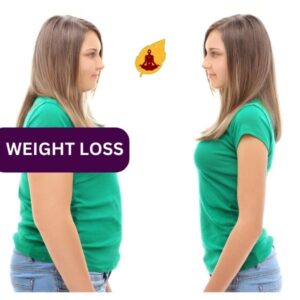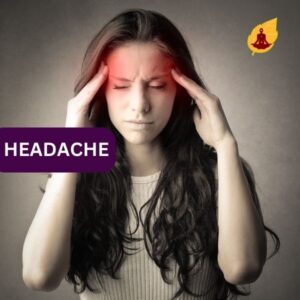Acupuncture is a Alternate therapy that is being increasingly used in the day-to-day management of pain. This article offers a summary of the models of its suggested mechanism of action, the evidence-base for its effectiveness and the clinical applications for which acupuncture can be considered.
The Standard Acupuncture Nomenclature published by the World Health Organization (WHO) listed about 400 acupuncture points and 20 meridians connecting most of the points. The exact anatomical locations of these points are beyond the scope of this article.
There are 12 meridians on the arms and the legs. Meridians are divided into Yin and Yang groups. The Yin meridians of the arm are: heart, lung, and pericardium. The Yang meridians of the arm are: small intestine, large intestine, and triple warmer. The Yin meridians of the leg are: kidney, spleen, and liver. The Yang meridians of the leg are: stomach, bladder, and gall bladder.
Fine needles are inserted into body locations known as acupoints. Classic texts describe up to 356 mapped points located on meridians or channels of energy flow on the surface of the body. In the traditional Chinese medicine (TCM) system, the body is seen as a delicate balance of two opposing and inseparable forces: yin and yang. Yin represents the cold, slow, or passive principle, while yang represents the hot, excited, or active principle.
A major assumption in Traditional Chinese Medicine is that the health is achieved by maintaining the body in a ‘balanced state’ and that disease is as a result of an internal imbalance of yin and yang. This imbalance leads to blockage in the flow of Qi (prana) along pathways known as meridians. It is believed that there are 12 main meridians and 8 secondary meridians and that there are more than 2000 acupuncture points on the human body that connect with them. Whether we believe this or not, the correlations are based on close clinical observations that have existed for millennia.
Basic needling
Needles are inserted to a depth of 4–25 mm and left in place for a period of time (from a few seconds to many minutes). There are often 6–12 needles (and sometimes more) inserted at different acupoints at the same time. The sensation is often described as a tingling or dull ache at the entry point. Many people say they feel very relaxed or sleepy, and some report increased energy levels afterwards.
Electro acupuncture (EA)
A tiny focused electric current is applied to the skin at the acupoints or can be applied to the needle itself. There are various modalities to consider.
Amplitude of stimulation
One to three milliampere is the range used most commonly in clinical practice. This intensity produces a non-painful fasciculation of the muscle in which the needle is embedded. Higher amplitudes cause pain and give rise to a stress response. Stress-induced analgesia depends in part on diffuse noxious inhibitory control and does not usually form a part of acupuncture analgesia.
Duration of stimulation
At least 10 min is required for the production of the endorphins, with maximal release after 20 min. When stimulation is prolonged beyond 1 h, or if the stimulation is repeated (e.g. 30 min bursts repeated after a 1 h interval), the analgesic effect is attenuated.
Moxibustion
A stimulating heat may be applied onto the needle over the acupoints. Traditionally, this was a smouldering herb.
Laser acupuncture
In laser acupuncture, a fine low-energy laser beam is directed onto the acupoint.






